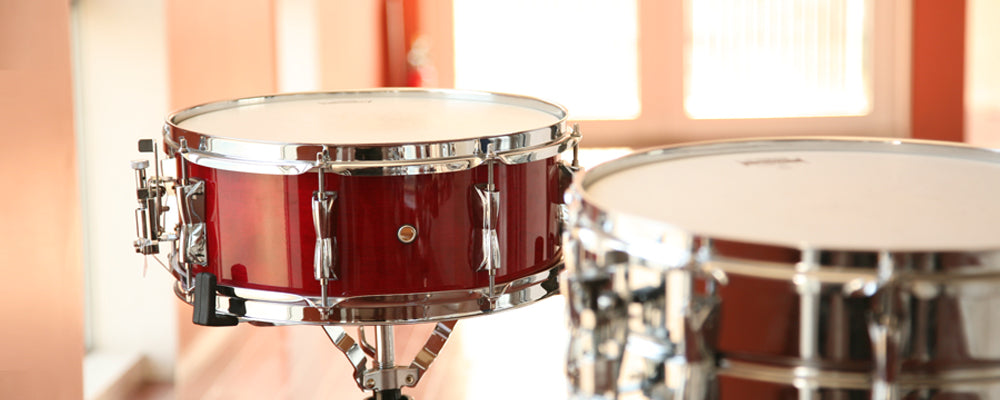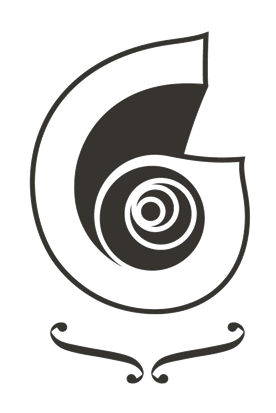
Percussion Learn More
Share
Drum
As the "keeper of the rhythm," the drum provides the foundation for the overall sound of music.
The many instruments included in the percussion family include any instrument that is struck, shaken or scraped in order to produce the sound. Advanced percussion instruments include the timpani drums or kettle drums, the xylophone, marimba, vibraphone, chimes and many, many others. Most of the larger instruments are not used in young bands but all of these instruments are practiced by advanced players.

Is your body the original percussion instrument?
Beating on things to produce a sound, and through that sound express various emotions, is said to have begun in the early stages of human development, where people stomped on the ground or beat their own bodies.
Producing sounds by beating things served not just as accompaniment to dancing but also as a means of communicating with other people over long distances. It has also been used effectively to move the hearts and minds of people, such as in religious ceremonies. A wide variety of percussion instruments were created for these different purposes, and they have been developed and improved over the years.
For School Band - Start with Bells (Glockenspiel) and Snare
To start elementary band, you get a set of bells and snare drum in a rolling case with sticks, mallets and a practice pad.
The practice pad is a nearly silent version of a snare drum. It has the same feel and bounce but students can practice on a practice pad at home without frightening the pets or parents.
Percussion instruments are heard in nearly every type of instrumental music group. They are a vital part of bands, symphony orchestras, jazz groups and rock groups. Many percussion instruments can even be great solo instruments.
The drum kit was born at the end of the nineteenth century
At the end of the nineteenth century, the snare drum, bass drum, cymbals, and other percussion instruments were first gathered into a "drum kit" that could be played by one person. The man attributed with starting this evolution is said to be a snare drummer named Dee Dee Chandler. Chandler became popular when he devised a way to play the bass drum by stepping on a pedal with his right foot, while at the same time playing the snare drum. Rhythm sections up to that point were made up of several people, but with Chandler's idea, this number could be reduced, which, in the end, was an incredibly important development.

What are drums made of?
A ring called the hoop is used to attach the head to the shell, and the tuning bolts are tightened to tighten the head. The hoop is supported by the lug, and the hoop and lug are attached using a tuning bolt. Long ago, animal skins were used as drum heads, but now drum heads are primarily made of plastic. Basically, when the tension on the head is higher, the tone is higher, and when the tension is lower, the tone is lower.
Beginning students learn the Bells or xylophone
The marimba is a relative of the xylophone
On a marimba, numerous wooden bars are lined up like piano keys; when these are struck, notes are produced. These bars are also called tone plates. An instrument that produces notes by striking bars can thus be called a tone-plate percussion instrument.
Among tone-plate percussion instruments, there are relatives of the xylophone, where the tone plates are made of wood, as well as the metallophone family, where the tone plates are made of metal. The marimba and the narrowly-defined xylophone are part of the xylophone family, while the glockenspiel, the vibraphone, and others are in the metallophone family.
The marimba has the widest range of any tone-plate percussion instrument.


